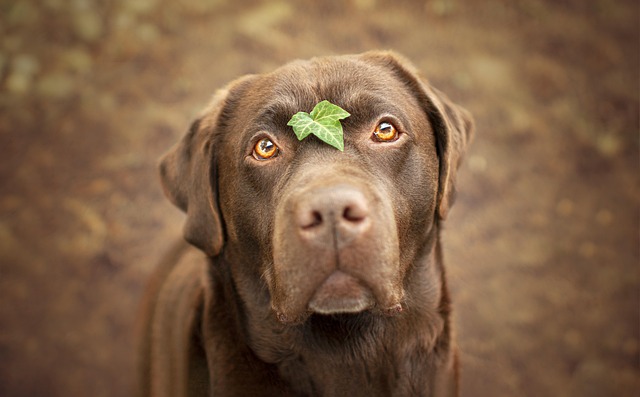
What can I use to moisturize my dog’s paws
Picture your French Bulldog, Bruno, hobbling across a salt-crusted Brooklyn sidewalk in January, licking his cracked paws as you rush him home.
Akitas sport a thick double coat that’s built to handle harsh weather, which means their grooming needs are a bit specific. Unlike some breeds that get stinky quickly, these dogs have natural oils in their fur that keep dirt at bay and their coat healthy. Overwashing can strip those oils, leaving their skin dry and itchy—something owners in colder climates like Minnesota or Maine learn fast, especially during winter.
So, how often is enough? For most Akitas, a bath every three to four months does the trick. That’s right—unless they roll in something particularly messy, like mud after a rainstorm or that mysterious pile in the park, they don’t need weekly scrubdowns. Their coat repels water and dirt pretty well, so a quick brush after a walk often suffices to keep them looking sharp.
When bath time does roll around, pick a shampoo made for double-coated breeds. Harsh soaps can disrupt their skin’s balance, leading to flakiness or irritation. Start slow if your Akita is new to baths—many are independent and might resist at first. A friend in Seattle swears by putting a non-slip mat in the tub and keeping treats handy; now her Akita waits patiently for his monthly rinse during shedding season.
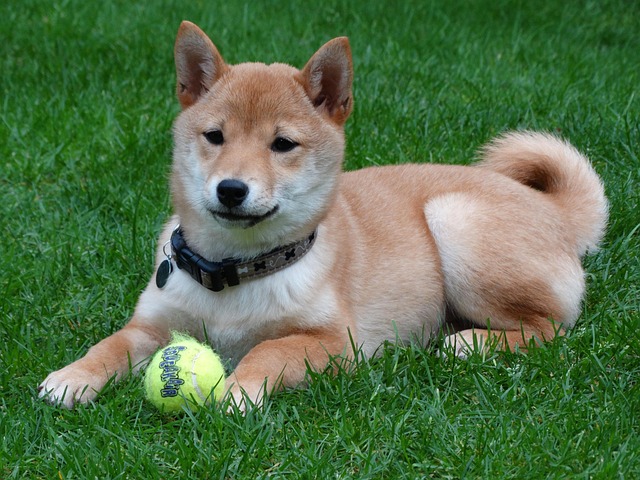 Shedding seasons—spring and fall—might call for a little extra care. As they blow their undercoat, loose fur can trap dirt, so a bath every six to eight weeks helps remove that buildup. Use a rubber curry comb while lathering up to loosen even more hair; it cuts down on the amount that ends up on your couch later. Just don’t overdo it—those natural oils are still hard at work protecting their skin.
Shedding seasons—spring and fall—might call for a little extra care. As they blow their undercoat, loose fur can trap dirt, so a bath every six to eight weeks helps remove that buildup. Use a rubber curry comb while lathering up to loosen even more hair; it cuts down on the amount that ends up on your couch later. Just don’t overdo it—those natural oils are still hard at work protecting their skin.
Outdoor Akitas or those with a penchant for adventure might need more frequent baths. If your pup loves hiking in the woods or splashing in puddles, check their coat after each trip. Caked-on mud or burrs can mat the fur, so a gentle wash with lukewarm water (avoid hot—their skin is sensitive) will keep things under control. Always dry them thoroughly, especially in the underarms and between toes, to prevent mildew.
Remember, grooming isn’t just about baths. Regular brushing—two to three times a week—keeps their coat healthy and reduces the need for extra washes. It also helps you spot ticks or cuts, which is crucial if you’re out in areas where pests are common. Some localities have laws about keeping pets well-groomed to prevent health issues, so staying on top of this isn’t just good for your Akita—it’s often required.
In general, every Akita is different. Watch their coat and skin—if it looks dull or feels greasy, it might be time for a bath. If it’s dry and flaky, hold off a bit longer. With a little observation and care, you’ll find the rhythm that keeps your Akita clean, comfortable, and looking like the regal breed they are.

Picture your French Bulldog, Bruno, hobbling across a salt-crusted Brooklyn sidewalk in January, licking his cracked paws as you rush him home.
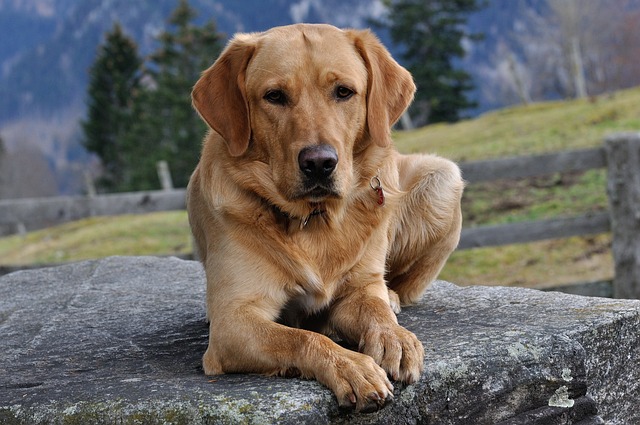
You’re out for a morning walk, and your pup suddenly stops, lifting a paw like it hurts. When you kneel to check, you notice their paw pads—usually tough and rubbery—are dry, cracked, and flaking.
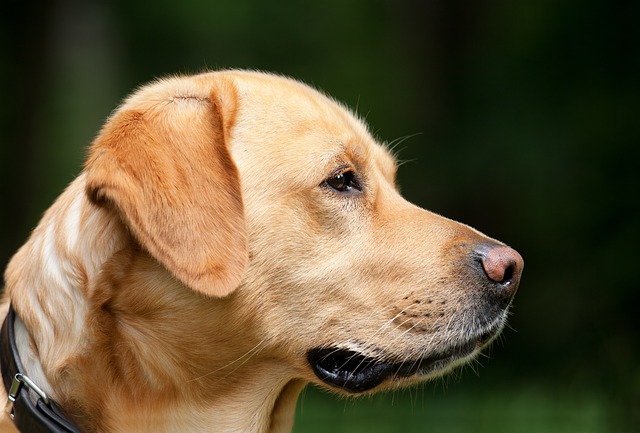
Picture your Boston Terrier, Max, blinking excessively with crusty residue around his eyes after a windy walk in Chicago. That gritty discomfort might signal dry eyes (keratoconjunctivitis sicca)
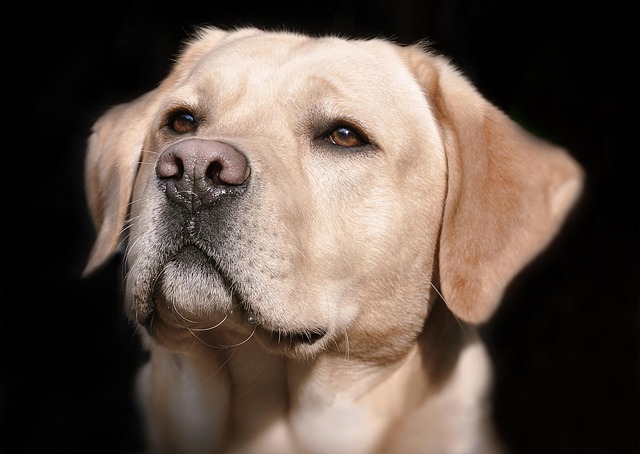
You’re relaxing after work when your Beagle, Daisy, paws frantically at her ear, whining as brownish gunk stains your apartment’s rug.
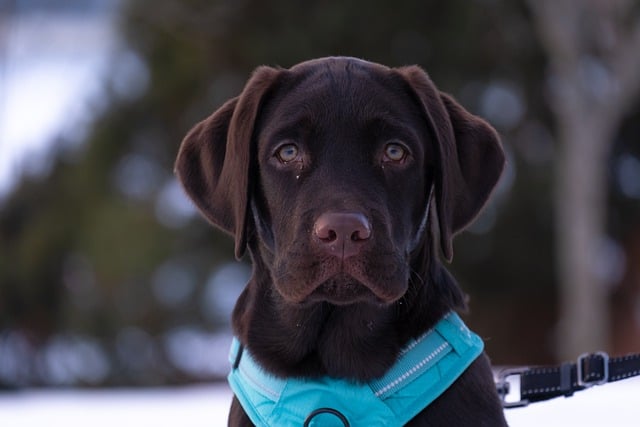
Discovering your dog constantly shaking their head, scratching their ears, or noticing an unusual odor is worrying.
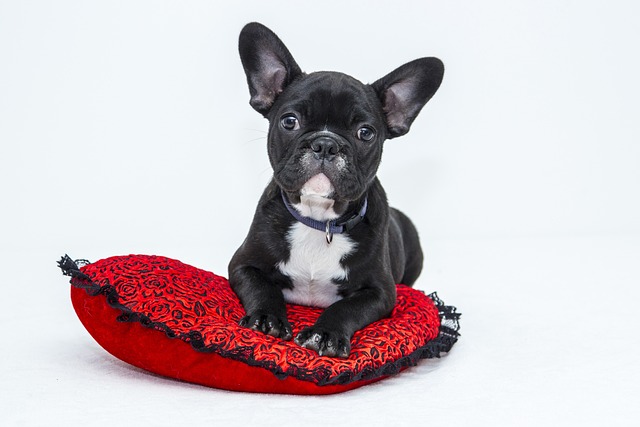
It’s a common scene for new dog owners: you’re tossing a ball in the backyard, and as your pup races back, tail wagging a mile a minute, they suddenly grab your arm with their mouth.